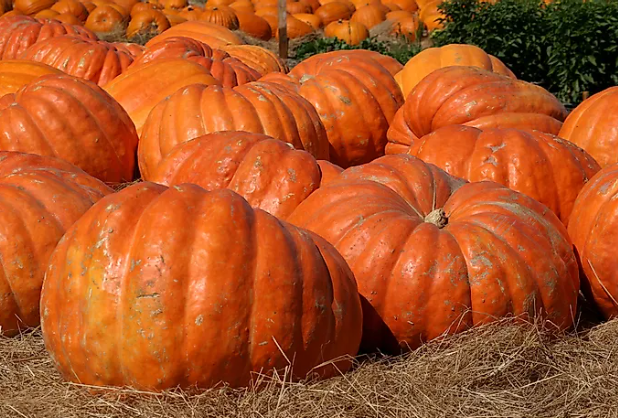The Biggest Fruit in the World: Exploring the Gigantic Wonders of Nature
Fruits come in a wide range of sizes, colors, and flavors, captivating our senses and providing us with essential nutrients. However, some fruits stand out from the rest due to their extraordinary size. In this article, we will delve into the topic of the biggest fruit in the world, exploring the fascinating wonders of nature and the records they hold.

The biggest fruit in the world?
1. The Fascination of Gigantic Fruits
From small berries to massive melons, fruits have always intrigued us with their diversity.
Discovering the largest fruits in the world allows us to marvel at nature's ability to produce such astonishing creations.
2. The Record-Holders: The Largest Fruits
a. The Jackfruit: Known for its enormous size, the jackfruit (Artocarpus heterophyllus) holds the title for the largest fruit in the world. It can reach weights of up to 80 pounds (36 kilograms) and measure over 3 feet (0.9 meters) in length. Native to South and Southeast Asia, the jackfruit is not only impressively large but also offers a unique taste and versatility in culinary applications.
b. The Atlas Fruit: Another contender for the title of the world's largest fruit is the Atlas fruit (Durio dulcis). This massive fruit, native to Borneo, can grow to weigh up to 30 pounds (13.6 kilograms). It features a spiky exterior and is renowned for its strong odor and distinct taste.
c. The Breadfruit: While not as heavy as the jackfruit or the Atlas fruit, the breadfruit (Artocarpus altilis) deserves mention for its substantial size. Native to the Pacific Islands, the breadfruit can weigh up to 12 pounds (5.4 kilograms) and measure 12 inches (30 centimeters) in diameter. It is a staple food in many tropical regions and offers a starchy, bread-like texture when cooked.
3. Unique Characteristics of Giant Fruits
a. Growth Patterns: The growth of these giant fruits is influenced by factors such as climate, soil conditions, and plant genetics. The fruits often develop on trees, which require ample space and nutrients to support their substantial size.
b. Nutritional Benefits: Besides their impressive size, these fruits also offer various nutritional benefits. They are rich in vitamins, minerals, and dietary fiber, making them valuable additions to a healthy diet.
4. Culinary Uses and Cultural Significance
a. Culinary Delights: The largest fruits have diverse culinary applications. Jackfruit, for example, is known for its meaty texture and is often used as a vegan or vegetarian meat substitute in dishes such as curries, stir-fries, and barbecue-style pulled "pork." The breadfruit is used in various savory dishes, including soups, stews, and as a side dish.
b. Cultural Significance: In regions where these giant fruits are native, they hold cultural significance and are an integral part of local cuisines and traditions. They are often used in festive celebrations and family gatherings, showcasing the rich heritage and biodiversity of these regions.
5. Spectacular Natural Wonders
The existence of these giant fruits highlights the spectacular wonders of nature and the incredible diversity found within the plant kingdom. These fruits serve as a reminder of the awe-inspiring creations that Mother Nature provides.

the big watermelon
The biggest fruits in the world, such as the jackfruit, the Atlas fruit, and the breadfruit, captivate us with their colossal size and unique characteristics. These fruits showcase nature's ability to produce remarkable wonders and provide valuable nutritional benefits. Whether used in culinary creations or celebrated for their cultural significance, these giant fruits contribute to our appreciation of the natural world and theintricacies of plant life. Exploring the world's largest fruits allows us to marvel at the diversity and grandeur of nature, reminding us of the extraordinary wonders that exist all around us.